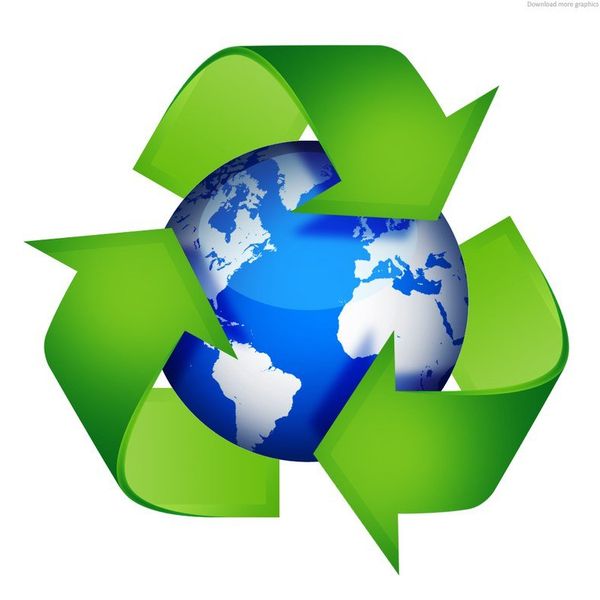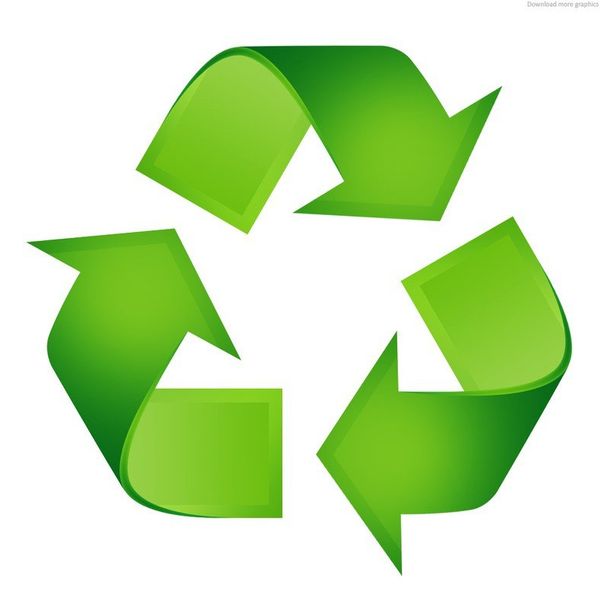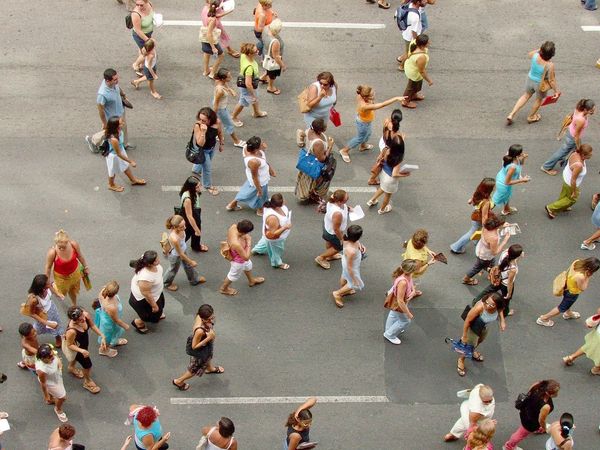Excess waste, especially when littered, is never a good thing. At best, it puts burden on others to clean up the environment, at worst, it destroys the environment and harms wildlife.
Filling up landfills more than we have to isn't ideal either. Landfills create pollution, contaminate local water, soil and air. They also could play a part in global warming, considering the amount of methane they produce.
To avoid having to contribute to landfills more than necessary, there are a few super easy ways we can decrease our waste just in our own homes, and they all revolve around buying recyclable and reusable products.
1. Stop buying paper plates
Although they're paper, paper plates that have been used are typically not recyclable. Food is one of the biggest contaminates in recycling, largely because food contains oils and these oils leave residue behind on the paper products (think a pizza box, for example). When recycling plants break down paper, they mix the paper with water. Water and oil don't mix, as we know, therefore contaminated objects can ruin an entire batch of paper mix.
Instead of paper plates, opt for the obvious ceramic. They last longer than plastic, which will reduce your longterm waste, as well. If you have kids that easily break things, try purchasing silicone plates. Silicone is nontoxic compared to plastic, and will not degrade over time the way plastic will. It is a washable and reusable great option.
2. Stop buying paper napkins and paper towels
Again, these items once used are not recyclable or reusable around the house. Instead, stock up on lots of cheap washcloths or cut up an old towel into pieces for cleaning rags. Cloth is a great replacement for these items; it's washable, and often does a better job at cleaning.
3. Stop buying tissues
Ditch the box of Kleenex on your nightstand (in the recycling, of course) and opt for cloth for your nose-blowing needs, as well.
I find that baby washcloths are often the softest option that irritates sick noses the least.
You could even invest in actual handkerchiefs if you wanted to feel fancier. You'll never have to carry around those plastic packs of tissues with you again.
Throw these in some hot and soapy water after use if you don't have immediate access to a washer, to prevent the spread of germs when sick.
4. Stop using plastic bags
Ziploc is convenient, but there are other reusable bag options online if you look. They are washable and keep your food just as fresh.
As for plastic grocery bags, these can be eliminated in your home simply by bringing a cloth bag grocery shopping, or even a cardboard box.
If you would rather use the plastic grocery bags, remember that plastic bags are often not accepted by community recycling programs and must be recycled through grocery stores that accept them.
5. Switch to toilet cloth
I shouldn't have to explain why toilet paper is not recyclable.
I know this one's a little weird, but think of it as similar to using cloth diapers on a baby. If you're already doing that, it wouldn't even be an extra load of laundry to wash toilet cloth.
It might seem gross at first, so if you're grossed out you can always try using cloth for #1 and toilet paper for #2. Even that transition would save some major paper.
This one is understandably challenging if you don't have immediate access to a washer, though, so don't stress if this one seems too difficult currently.
6. Switch to cloth pads or a menstrual cup
For fellow bleeders, this can be a huge way to decrease your paper use (and save money!). Stop buying disposable pads and tampons (which are awful for you, anyway) and invest in a silicone menstrual cup or some cloth pads.
If you can't afford to invest in either, cut up an old towel or put some old washcloths to use and just fold them in half for extra absorbency. Cloth actually absorbs blood better than disposable pads, too. So it feels more comfortable, too.
If you don't have easy access to a washing machine, a menstrual cup is probably your best bet, though.
7. Stop buying disposable cups
Paper coffee cups are often not recyclable due to a particular plastic that lines the inside of the cup to prevent leakage.
Instead of picking up your daily coffee in a paper cup you'll inevitably have to throw away, bring a reusable thermos, or leave a mug on your work desk for when you want to refill.
There's clearly more ways we can reduce our daily waste, but these are just a few ideas to help you get started in your own home.
As your mindset shifts towards reducing your waste and more consciously selecting non-recyclables, you're sure to think of even more eco-friendly alternatives.





















